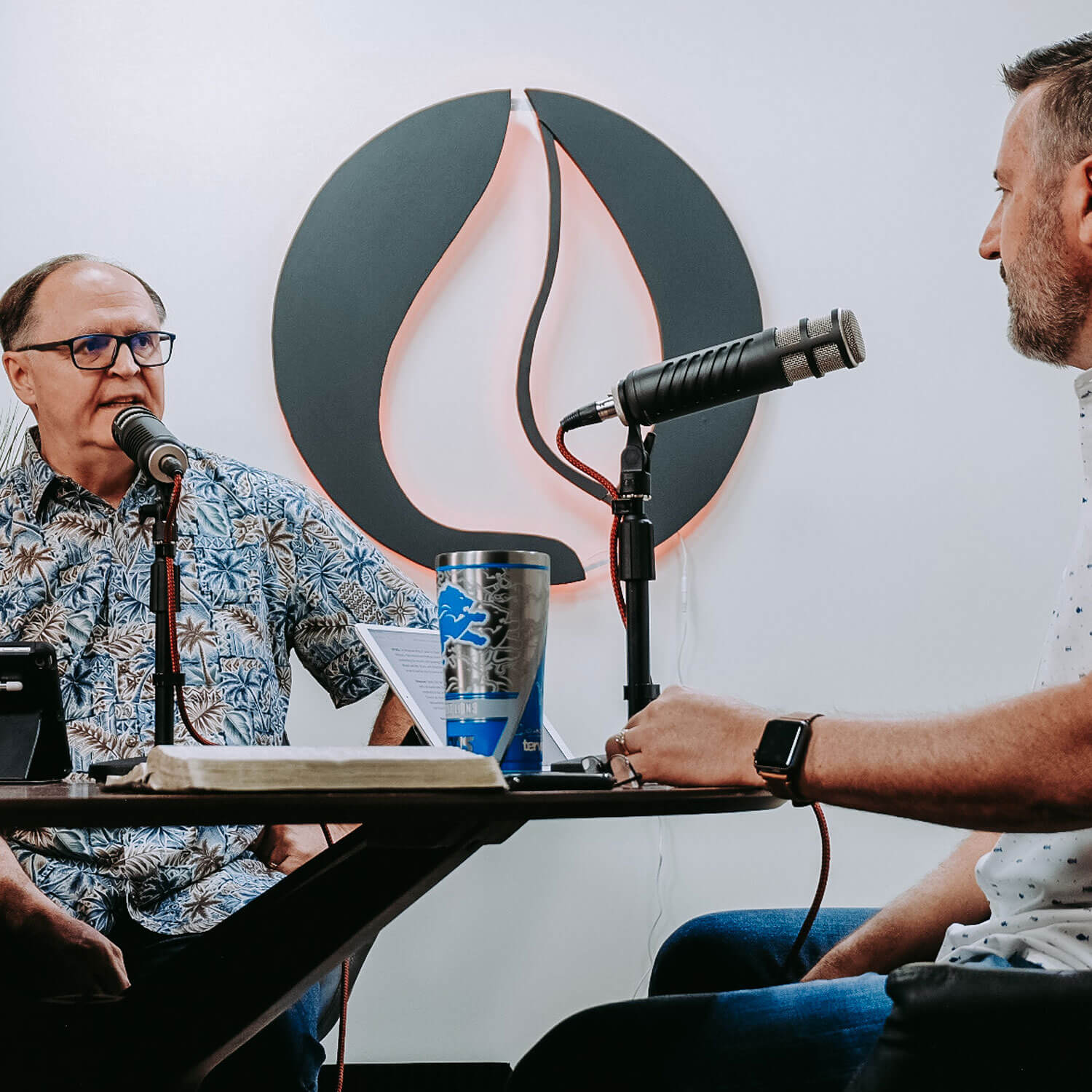PCG HISTORY

HISTORICAL PERSPECTIVE
It was a cold, wintry 30th day of December, 1919, when a group of dedicated individuals met in Chicago, Illinois. These men and women were destined to organize what is known today as the Pentecostal Church of God.
Eli DePriest, one of those present, reported that after they had concluded the business, prayer was offered, and while they were praying, the building where they were assembled was actually shaken by the power of God!
The objective of this group was to unite their resources for the purpose of spreading the Gospel. Cooperative evangelism was the strength of their effort. From this humble beginning emerged one of the leading Pentecostal denominations of our day—the Pentecostal Church of God.
The church is part of the great Pentecostal revival that began around the turn of the 20th century.
The origin of modern Pentecostalism can be traced to Bethel Bible College, founded in October 1900 by Charles Fox Parham. The school was located in Topeka, Kansas in an elaborate unfinished mansion known as “Stone’s Folly.” In his monthly publication, The Apostolic Faith, Parham announced that anyone who prayed and diligently studied the Word was welcome to attend. Since this was a “faith school,” no tuition was charged. Parham was the only instructor and the Bible the only textbook. Before leaving for a speaking engagement in Kansas City, Parham assigned the student body the task of determining from their study of Scripture, the evidence of receiving the Baptism in the Holy Spirit. When Parham returned he was amazed to learn that the students had reached the conclusion: the indisputable proof of one receiving the Baptism in the Holy Spirit was speaking with other tongues.
This conclusion was of tremendous importance, for it marked the occasion when speaking in tongues was first considered to be the initial physical evidence of one being filled with the Holy Spirit.
On January 1, 1901 the first day of the 20th century, Agnes N. Ozman requested those present to lay hands on her and pray that she might receive the infilling of the Holy Spirit. When this was done, she began to speak in tongues, glorifying God. According to the report she was so overwhelmed by this new experience of Pentecostal power she could not speak in the English language for three days. Miss Ozman’s baptism inspired the other students to seek for a similar experience. One of the mansion’s large upper rooms was converted into an area for prayer. The students, as well as others in the city, continued in intercessory prayer for three glorious days. Then on the night of January 3, 1901, many others, including Parham, received the mighty infilling of the Spirit.
After this glorious experience, Parham carried this Pentecostal message from Topeka, Kansas to: Kansas City, Missouri; Lawrence, Kansas; Nevada, Missouri; El Dorado Springs, Missouri; Galena, Kansas; Joplin, Missouri; and Orchard, Texas.
CHURCH ERAS
CHICAGO ERA
On December 29 and 30, 1919, a small group of dedicated individuals met in Chicago, Illinois, to unite their efforts for evangelism. The attendees included John C. Sinclair, pastor of the Christian Apostolic Assembly in Chicago; George C. Brinkman, editor of The Pentecostal Herald; J. A. Bell, Sinclair’s associate; evangelists Eli Jackson DePriest, Edward Matthews, Wilmer Artis, Thomas R. O’Reilly, R.E. McAlister, Ida Tribbett, Elder W. C. Thompson, and Watson Emet Tubbs. At this meeting, John C. Sinclair was chosen as moderator, George C. Brinkman as secretary, and J. A. Bell as treasurer. The group adopted The Pentecostal Herald as their official publication.
In 1921, Edward Matthews was elected chairman and W. W. Pelton treasurer. However, dissatisfaction with the new leadership led to a reorganization meeting on February 15, 1922, in Chicago, where J. D. Snowden served as temporary chairman. New officers were elected, and the organization was renamed the Pentecostal Church of God, with John B. Huffman as general chairman, George C. Brinkman as secretary, and James Gillespie as treasurer.
During the Chicago era, the fellowship experienced growth but was hindered by the leaders' involvement in other activities. John B. Huffman pastored a church in Arkansas during his tenure as general chairman (1922-1924), and his successor, Osborn V. Gilliland, was absent for the 1926 convention. At that convention, Rik Field was elected general chairman and provided valuable leadership, moving the General Office to Ottumwa, Iowa. Field's tenure (1926-1931) was marked by extensive travel and efforts to promote fellowship and Bible holiness, contributing to the stability and growth of the organization.

In the 1927 convention A. D. McClure was elected general secretary and his wife general treasurer. Since the McClures had been pastoring in Ottumwa, Iowa since 1923, they chose to retain that position. The offices were moved to Ottumwa making their continued support possible. In 1927 The Pentecostal Messenger became the official paper of the church with A. D. McClure as the editor. In addition to his local pastoral ministry (1923-1949), McClure freely served as general secretary (1927-1931), editor of the “Messenger” (1927-1933) and general moderator (1931-1933).
Some progress was experienced during the Ottumwa era. One of the major accomplishments was the organization of districts.

